Description
The **Principles for Dealing with the Changing World Order** refer to strategies and guidelines for navigating the global shifts in power, economics, and geopolitics that are taking place as the world transitions through periods of transformation. These changes often involve the rise of new powers, shifts in global leadership, changes in economic dominance, and the reconfiguration of international systems. The term was popularized in part by Ray Dalio, a well-known investor and economic thinker, who discussed the changing world order in his book **”Principles for Dealing with the Changing World Order: Why Nations Succeed and Fail.”**
Dalio outlines key principles to understand and adapt to these shifts, and these can serve as a framework for countries, organizations, and individuals to make sense of and effectively engage with the evolving global landscape. Here are some of the main principles and concepts:
### 1. **Understanding Long-Term Cycles**:
– **Big Cycles of History**: Dalio emphasizes that history operates in long cycles of rising and declining empires, economies, and global orders. These cycles tend to repeat in predictable patterns over hundreds of years. By understanding where we are in these cycles, nations can make better decisions to adapt to change.
– The shift from one global order to another can be driven by factors such as technological advancements, military power, wealth distribution, and the rise of new ideologies.
### 2. **Economic and Military Power as Drivers**:
– The interplay between economic strength and military power is crucial. In the past, the nations that built their economic power (through innovation, trade, etc.) were also the ones that eventually achieved military dominance. Conversely, declining military power often reflects weakening economic capacity.
– Nations need to balance military and economic policies to adapt effectively during periods of transition.
### 3. **The Importance of Innovation and Adaptation**:
– Countries and organizations that are flexible, innovative, and can adapt to technological, economic, and cultural changes are the ones most likely to succeed in the new world order.
– As new technologies emerge (e.g., AI, automation), nations that invest in these sectors and build future-proof industries can gain significant advantages.
### 4. **Balance of Power**:
– The changing world order often involves the rise and fall of powers. Understanding the dynamics of **geopolitical competition** is crucial for managing relationships between rising and declining powers.
– It’s important to assess how different countries interact (alliances, trade relations, conflict) and where one’s nation or organization fits into that evolving balance.
### 5. **Managing Internal and External Pressures**:
– Nations need to manage both **internal challenges** (economic inequality, political division, social unrest) and **external pressures** (global competition, international conflicts).
– Successful nations adapt by fostering internal stability and creating resilient systems that can withstand external shocks.
### 6. **Rise of New Powers and Shifting Alliances**:
– New global powers often emerge as old ones decline. The rise of China is one example of this shift, as its economic and political influence grows globally.
– Adaptation means recognizing new centers of influence and engaging in smart diplomacy, economic partnerships, and trade alliances with rising powers.
### 7. **Debt and Financial Stability**:
– A key aspect of historical shifts in power is the management of debt. Nations that over-leverage themselves financially face internal collapse or loss of global power. A stable financial system, effective debt management, and fiscal prudence are essential in maintaining power during periods of transition.
### 8. **Globalization and Trade**:
– Global trade dynamics often shift during these changing orders. Countries need to engage in international commerce strategically, forming relationships that enhance their long-term economic growth.
– The changing world order may involve a movement towards either more protectionist policies or more open trade relations depending on the global power structure.
### 9. **Understanding the Role of Ideology**:
– Ideological shifts, like the rise of communism in the 20th century or the increasing importance of nationalism in recent years, play a major role in shaping global orders.
– Adapting to new ideological trends and the changing values of the world can influence national policies, economic strategies, and diplomatic relations.
### 10. **The Importance of Leadership and Governance**:
– Leadership is critical in navigating the changing world order. Leaders need to be visionaries who understand the broader forces shaping the world and who can manage domestic challenges while adapting to external changes.
– Strong institutions that foster transparency, trust, and effective governance are essential in ensuring a country’s success.
### 11. **Decline and Rise of Nations**:
– Empires and nations go through phases of rise, peak, and decline. The key challenge is managing the decline phase in a way that doesn’t lead to collapse. This involves making strategic adjustments to shifting circumstances, diversifying economic activity, and preventing internal fragmentation.
### 12. **Global Cooperation vs. Conflict**:
– In periods of transition, there can be tensions between global cooperation and conflict. Balancing these dynamics is critical in managing the world order, with the need for diplomacy, conflict resolution, and multilateral cooperation to address issues like climate change, security, and economic instability.
### 13. **Lessons from History**:
– History provides valuable lessons on how nations have successfully navigated (or failed to navigate) major global transitions. By studying past patterns of global order changes, countries can better understand how to adjust to the present.
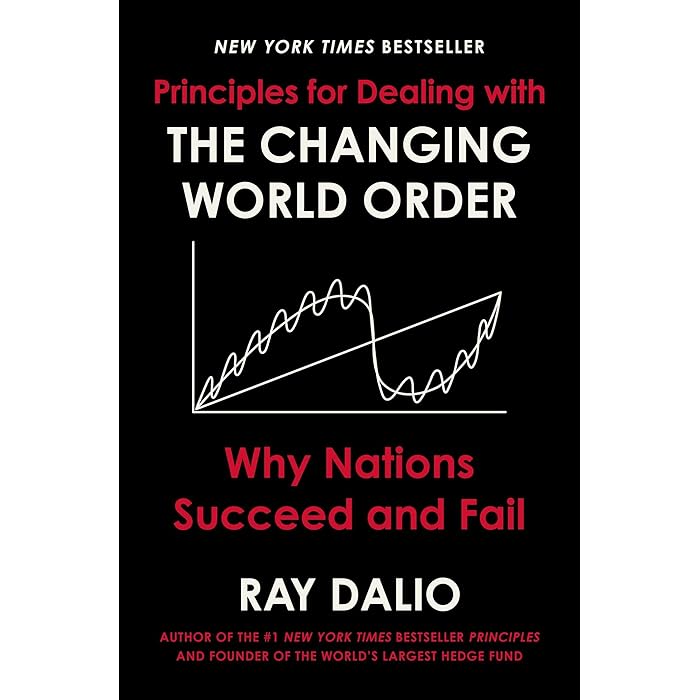

















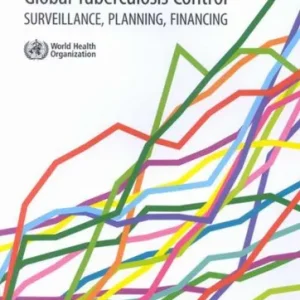

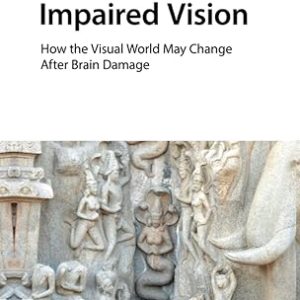




































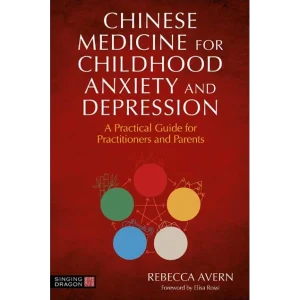


































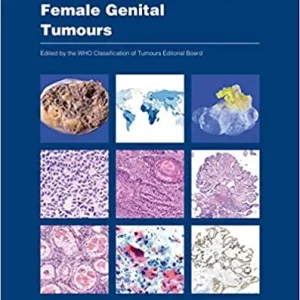







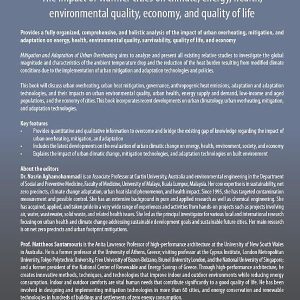





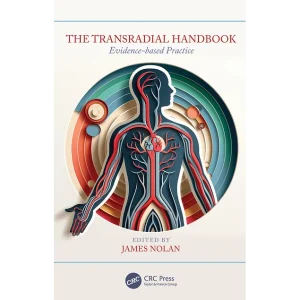





















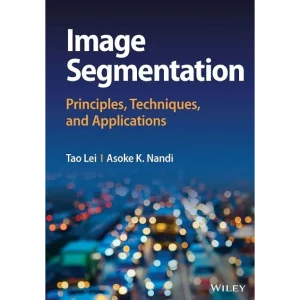







Reviews
There are no reviews yet.